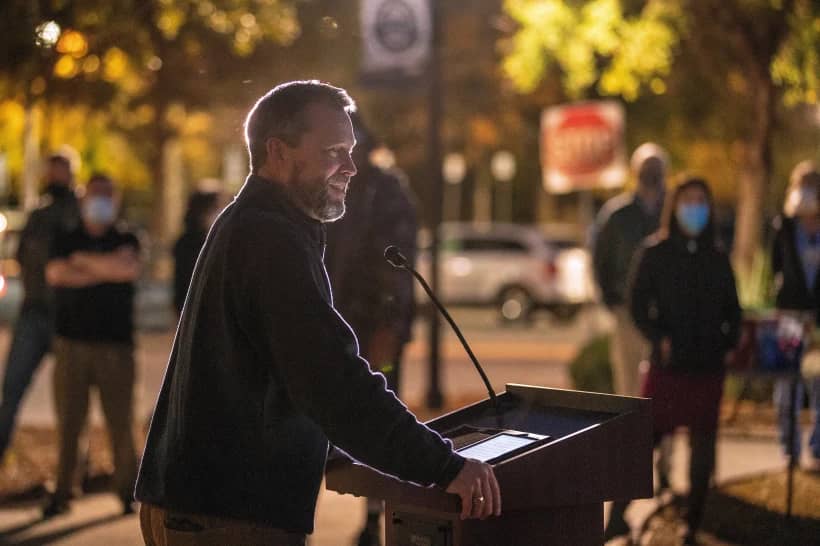Although some have objected to the removal of a statue of Robert B. Taney, the country’s first Catholic Supreme Court justice, from the Maryland state house because he authored the Dred Scott decision, Glendora Hughes, general counsel to the Maryland Commission on Civil Rights and an African-American Catholic, isn’t among them.
Her judgment is simple: “It’s about time.”
Although Taney’s life story is complicated, he’s most remembered today for having written the 1857 Dred Scott decision, adopted by 7-2 vote, denying citizenship to African-Americans, upholding slavery and ending the Missouri Compromise.
RELATED: Statue of first Catholic Supreme Court justice removed because he wrote Dred Scott decision
He was also the first Catholic to serve in a U.S. president’s cabinet when he was Andrew Jackson’s Attorney General. He served as Secretary of War and Secretary of the Treasury for Jackson, and, in 1836, he was the first Catholic to be appointed to the Supreme Court.
Hughes told Crux that just because Taney was a Catholic and represented some Catholic firsts, being “supportive of all things Catholic isn’t necessarily the right side of things.”
“To stand on the side of a judge who said that I’m less than a human being simply because he was Catholic…you see how that represents a problem for me,” Hughes said in a telephone interview.
“For me, as he used that position to my detriment and to all former slaves, families of former slaves … to have someone say that you’re not a human being is a very difficult pill to swallow.”
In the Dred Scott decision, Taney rhetorically asked whether or not black people can be considered citizens. He answered, “We think they are not, that they are not included and were not intended to be included under the word ‘citizens’ in the Constitution. … On the contrary, they were at that time considered as a subordinate and inferior class of beings, who had been subjugated by the dominant race.”
Hughes said the mere fact Taney was also Catholic doesn’t justify the racism embedded in that judgment.
“The language wasn’t warm or fuzzy,” she said. “It was a direct punch in the gut.
“For me as a Catholic,” Hughes said, “it’s a situation where we look at our fellow Catholics, with a puzzled look on our face, and say, ‘Are you serious?’”
Hughes is a parishioner at the historic St. Francis Xavier Catholic Church in Baltimore, the first African American Catholic church in the U.S.
Although many have linked the decision to take down the statue to the current broader national debate over removal of similar monuments to figures associated with the Confederacy, there’s actually been controversy around memorializing Taney from the very beginning.
Charles Sumner, a contemporary of Taney and radical Republican, said at the time of the decision, “I declare that the opinion of the chief justice in the case of Dred Scott was more thoroughly abominable than anything of the kind in the history of courts. Judicial baseness reached its lowest point on that occasion.”
One year after Taney’s death in 1864, a request to include a bust of Taney in a hall that recognized Supreme Court justices was blocked by Republicans due to his authorship of the Dred Scott decision.
The issue seemed to be coming to a head again more than five years ago, when Baltimore’s Catholic Review wrote about the debate over removal.
Hughes was outspoken then too: “The symbolism of the statue is similar to having a Confederate flag in the south,” she said. “It represents a constant reminder that you are not equal. It sends a message that creates fear, or reminds people of the vestiges of racism that still exist today.”
Hughes, who grew up on military bases but graduated from the University of Maryland and has made her home in Baltimore ever since, also said she had no problem with the quiet manner in which the statue was taken away.
Taney’s statue, along with three others, were removed overnight following a decision by the city’s mayor, Catherine Pugh.
“Considering the level of emotion, and protest and anger and opportunities for things to go badly, doing it quietly was a great move by the mayor of Baltimore, and now everyone is following it,” Hughes said.













